Left to my own devices: a love letter to the iPod
How to repurpose old electronics, reclaim your attention span, and look cool doing it.
Last month, Bloomberg reported that Spotify was testing out a vertical, TikTok-esque feed that would recommend songs to users with video content. Here’s a preview of what it looks like:


Since then, Spotify has also rolled out a new AI called DJ, which “will deliver a curated lineup of music alongside commentary around the tracks and artists we think you’ll like in a stunningly realistic voice.”
Maybe I’m old fashioned, but I just want to listen to music. Don’t get me wrong, I’ve found loads of great stuff through Spotify’s algorithmic playlists and suggestion features. But these new features seem like yet another way to get eyeballs on an app on your phone, to mine just a little bit more user data that can be sold to the highest bidder.
Spotify’s recent moves, as well as the daily streaming company shakeups, have got me thinking about my own relationship to the digital ecosystem and my phone. It feels like now, more than ever, every single platform is begging for attention. Every new feature is built to pull in some new audience that executives have yet to capture. Every update is pushed out to generate a few more impressions, a couple more cents in ad revenue. Meanwhile, the overall user experience of the internet gets worse by the day.
I’ve tried more than a few times to quit social media and spend less time on my phone. I’ve deleted Twitter and other social media apps, set time limits, and used some of Apple’s proprietary software to help me stay off my phone. None of it has really worked. Every time I try to cut myself off, I can’t handle the withdrawls and come back for my fix. It’s nearly impossible to disconnect yourself from the digital ecosystem of the post-pandemic world. When we give up our virtual lives, we sever connections. To put down social media is to be cut off from the culture. We deprive our brains of dopamine in the form of likes and retweets. When all you’ve known is constant noise, silence is deafening.
You know what will never beg for my attention or use AI to try to figure out what I like, ever?
My iPod Classic.
My friend Cameron is an electrical engineer who restores old tech in his free time. He originally got interested in single purpose devices like the iPod after being frustrated at how much of his daily life required a phone.
“There’s gotta be an app for everything now. When I went to the parking garage the other day, they were like “you can’t pay at the kiosk, you have to use the app,” he said. “What if I left my phone at home? What if I have a flip phone?”
After seeing how much he enjoyed using his iPod in his daily life, I decided to take the plunge. I rummaged around at home during the holidays, and found my 3rd Generation iPod Nano.
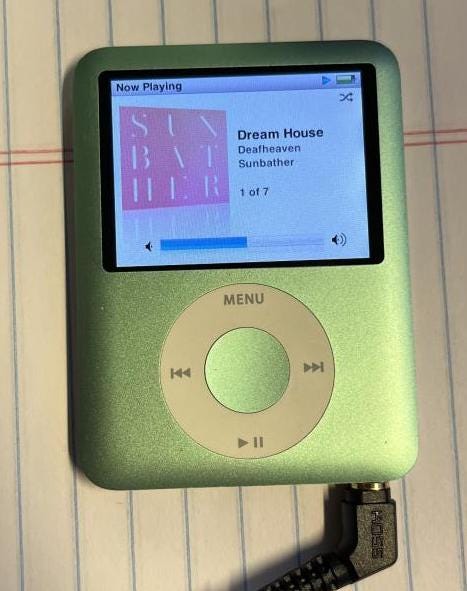
I’ve been collecting physical music since I was a kid, so I already had a sizeable music library. Once I set up my new iPod in iTunes, it was easy to start listening to music with no internet connection or monthly fee required.
What immediately struck me about using an iPod after years of owning a smartphone was how well designed the original line of iPods were. There are four buttons and a switch to lock the screen. The user interface is controlled entirely by the clickwheel, which uses a sensitive interface to feel your thumb as you scroll through your music library. Ingeniously designed and simple to use, and you can tell why the iPod was an immediate success compared to its competitors at the time:
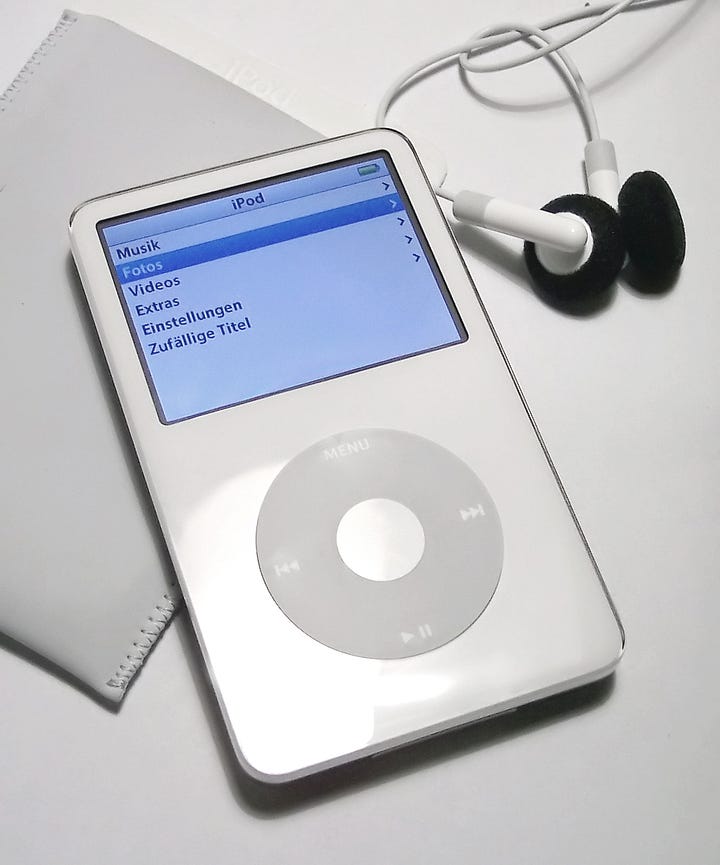
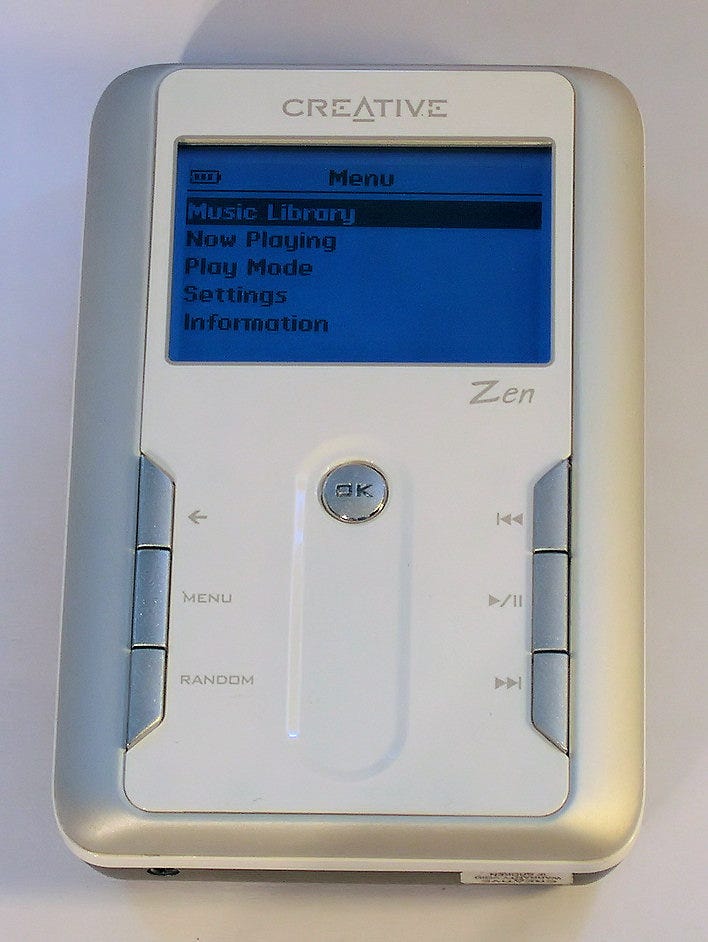
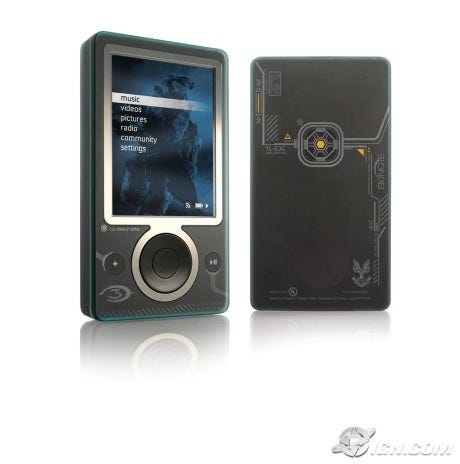
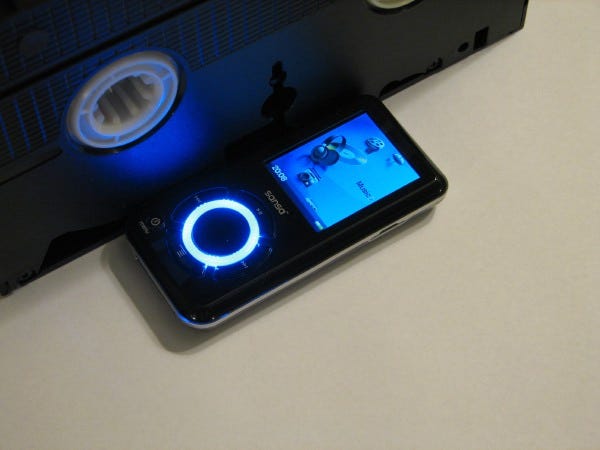
You can see that next to a few of its most prominent competitors, the iPod looks incredibly sleek and luxurious. While each of the other products were probably great on their own, they simply didn’t have the complete package like Apple did. The original iPod, released in 2001, had a few notable edges over its competitors in the MP3 player space. The first was a tiny hard drive developed by Toshiba, able to fit into compressed spaces while using less battery life. The second was the inclusion of Apple’s own FireWire port for transferring songs, a much faster alternative to the industry standard USB.
“At the time the industry standard was USB 1.0 which was 12 mbps and FireWire was 400, which was an insane difference. Even USB 2.0 wasn’t that fast,” Cameron told me. “Apple actually invented FireWire and originally made it open source. It gave them a leg up with that. When you look at the specs, they’re still impressive to me by today’s standards, even though it’s just a single purpose device.”
At launch, the iPod retailed for $400, or about $700 in today’s money. You got five gigabytes of storage in a device that fits comfortably in your pocket. For just $100 more, you could get ten gigabytes of storage.
“There’s something kind of innocent about watching that first launch video for the iPod, to see where we are in tech now,” Cameron said. “That launch where Steve Jobs is up there on stage and he’s like “You can put 1,000 songs on this thing.”
What’s also surprising about the iPod is how much it does not do. There’s no Wi-Fi adapter in any product in the original iPod line. To add music or update the device’s software, it must be connected to a computer with iTunes installed. Wi-Fi, along with a touchscreen, wouldn’t make it to the iPod familiy until the iPod Touch was introduced in 2007. Later iterations would add simple games that could be played with the clickwheel, but at its core the iPod is really only good at listening to music.
To hold an electronic in your hand that is so oriented towards one task, playing music, feels both novel and revolutionary in this day and age. There’s no social media, no texts, no notifications. While going on walks with my iPod, I noticed that when I got the impulse to check my phone, I would reach for my iPod and unlock it, only to find that there were no notifications on it. It’s sort of embarassing to check your phone out of habit, only to see an empty lock screen. To do the same thing on a device made before the smartphone was even concieved feels silly at best and deeply depressing at worst. Nobody involved in engineering the iPod ever thought about how to best extract attention or information from the end user. They were simply invested in making the user experience pleasant.
Using my iPod has helped me concentrate in the times where I listen to music the most. Where the action of unlocking my phone to skip a song could entice me to spend time looking at other apps, skipping a song on my iPod takes one press of a button and requires less than a milisecond of my time. I can listen to music while I write or work, and have no interruptions. I’m also not reliant on good cell service or Wi-Fi to listen to music. I’m only limited by the songs I’ve remembered to load up and my iPod’s battery life.
I’ve also found new ways of enjoying music that streaming doesn’t offer. For one, the distraction free nature of the iPod makes listening to a whole album from start to finish much easier. I don’t feel the compulsive need to skip around from track to track like I do on my phone. The personal nature of the iPod also means that all the music truly belongs to me. I don’t have to pay a monthly fee to access it, and I’m not out of luck if an artist decides to completely remove her catalogue from streaming services.
Another thing that I really love about my iPod is repairability and hackability. The 5th generation iPod is by far the most popular iPod on the resale market now due to how easy it is to take apart. I wasn’t happy with the mere 8 gigabytes of storage that my Nano offers, and wanted more. While my Nano can’t easily be modded, I was able to buy a 5th generation iPod on eBay and repair it using easily available parts online. The one I bought on eBay had an anemic battery life, broken front panel and dead hard drive. Now, it looks like this:

The battery now lasts for days. Inside, I’ve installed an SD card reader that can hold as much storage as I want, and can be upgraded as my music library grows. Finally, I added a transparent faceplate for Y2K flair. Not to toot my own horn, but it’s an item that regularly inspires “oohs” and “ahhs” when I pull it out. It feels like it really is my music player. And as long as compatible replacement parts are readily available, I can repair it or upgrade it as many times as I want. I can even put an entire new operating system on it if I want to play different file types or change the look of the user interface. I’ve also found a great online community of people who share modding tips, builds, and music with each other.

“One thing I like is longevity and repairability,” Cameron said. “I think I could keep this iPod running until I’m dead. It really represents a turn as the last hackable thing that Apple made.”
Using an iPod in 2023 presents a stark contrast between the consumer technology of the early 2000s and now. You can see the Apple that was and the Apple that is. Apple once made products that really were innovative and revolutionized the way people thought about technology in their daily lives.
The Apple of today is stagnant, their iPhone practically a perfect device. Each iteration only improves camera quality or processing speed marginally. In fact, each new iteration of Apple’s flagship product actively removes experiences. Beginning with the iPhone 7, Apple removed the headphone jack from the iPhone in favor of their proprietary Lightning connector. The iPhone X removed the headphone button. A future iPhone may have no buttons or ports at all. The alternative isn’t much better - leave Apple’s ecosystem for Android, and you’ll find yourself a social pariah with green text messages and low-quality video. The user is encouraged to buy the new iPhone not because it will make their lives better, but because the old one will be made obsolete within a few years. The Apple of yesterday made great products because they had to prove themselves the best in a crowded field. The Apple of today is a tech monopoly that does not innovate because it has no reason to.
“I feel like the phone does everything a little bit worse than whatever single purpose device it would seek to replace,” Cameron told me. “Its really unsustainable to get a new phone every few years when you can get a device like this that only does one thing, that’s why I’m really drawn to them.”
Apple and other tech monopolies don’t just create millions of tons of e-waste. Their philosophy creates a throwaway culture where people don’t value the things that they buy and use in their daily lives. My iPod can be upgraded, repaired, and customized to my heart’s content. It can be molded and shaped to my needs, with limitations. My iPhone is an impersonal rectangle that must be replaced anytime anything goes wrong. Sure, I can buy a fun color or change my wallpaper, but it doesn’t feel like its really mine. It is a black box that takes inputs and gives you overstimulating outputs with no explanation of how it does it. When you take it to the Apple Store, a guy called the Genius takes it in the back and says they’ll mail it back to you. They could send you back a different phone with all your data on it, and you’d probably never know.
Cameron told me that this shift has had negative implications for both user privacy and the industry.
“Because phones have become the major way that people use computers, it's pushing the whole industry into giving the end user less control over their devices,” he said. “People don’t fully grasp the technology that they interact with every day, even if they think that they do. You can understand the user interface without understanding what its doing. This is what you get with a lot of tech you buy these days. People love to complain about the smart fridges and say like ‘why does the smart fridge need to connect to the wifi?’ That’s a really good question! What kind of information does it collect about you? This is all a result of the iPhone pushing the industry in the smart gadget direction.”
Not only are our phones bad for our privacy and our relationship to technology, but there’s not an easy way to avoid participating in the ecosystem. I feel like the oldest Gen-Zers like me were the last pre-phone generation. I didn’t get my first smartphone until I was 15. Before then, I had a Sony Walkman MP3 player and later an iPod Touch, which functioned pretty much like a phone but was still limited in functionality. My favorite online activity was playing games on Lego.com and sending emails to friends. Now, with the entire line of iPod products discontinued as of 2022, there’s no soft landing into the world of smartphones and social media, no silly websites and niche corners of the internet to congregate on. Kids younger than me have phones way nicer than me, watching Family Guy Subway Surfer videos. We’re only just now starting to understand the effects of smartphone usage in young kids.
At a party a few weeks back, I asked a couple strangers about whether or not they think our generation could ever live without phones. The answer was a resounding no. Most agreed that having a phone feels like a prerequisite to participate in society. Still, when I read about teenagers who use flip phones and read poetry in the park together, I’m reminded that people naturally crave connection. We don’t have to accept the alienation of modern life as the status quo.
I’ve started incorporating other single purpose devices into my life. I bought an old Kindle for reading, and last spring I documented my road trip to New York City on my Nikon Coolpix digital camera as a way to capture memories without holding my phone up the whole time like a tourist. These single purpose devices haven’t replaced my phone and they probably never will. What they have given me is some of my attention back in a world that’s constantly vying for it.
Thank you for reading! If you like what you read, it would mean the world to me if you shared my work with a friend. You can also send this to someone you hate too. Metrics are metrics. Consider subscribing if you’d like more of me in your inbox.

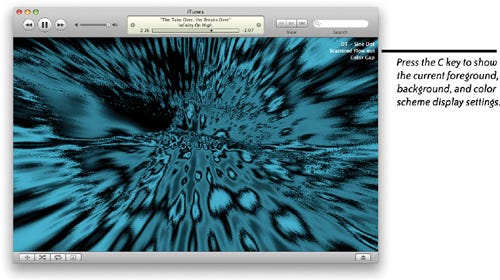


The effects of living in the digital age ecosystem are definitely greater than we realize. Giving up Twitter for lent is probably the best decision I’ve ever made for my own attention span.